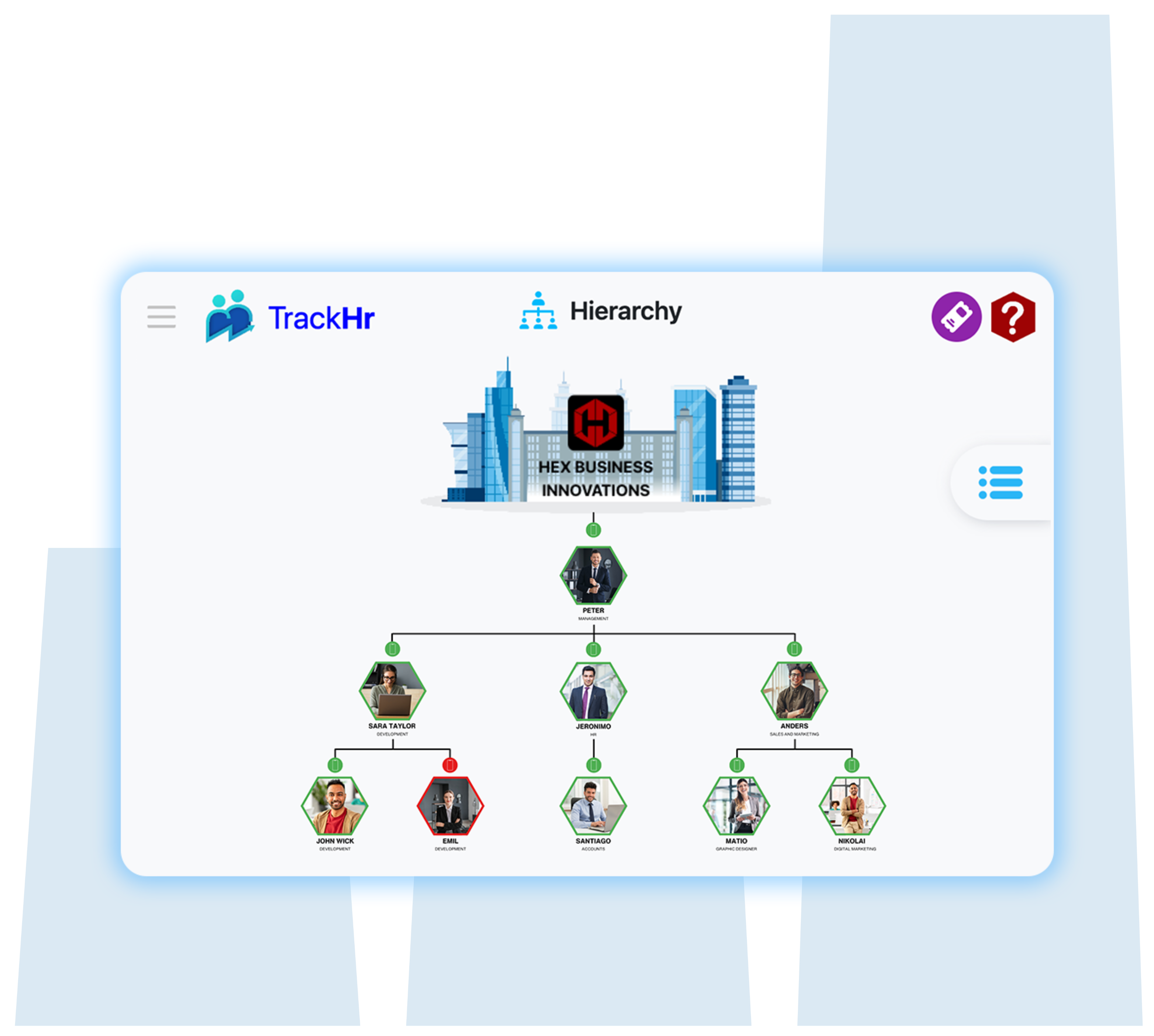Blog
5 Common Mistakes in Performance Management and How to Avoid Them
- March 28, 2025
- 11:24 am

Performance management is a crucial component of organizational success. It helps align individual and team efforts with business goals, fosters professional growth, and ensures accountability. However, even the best-intentioned performance management systems can fail when common mistakes are made. Addressing these pitfalls can lead to a more effective and empowering process for both employees and employers.
Here are five common mistakes in performance management and strategies to avoid them:
1. Lack of Clear Goals and Expectations
One of the most frequent mistakes is failing to establish clear, measurable goals for employees. When expectations are ambiguous or poorly defined, employees may feel lost or unmotivated, leading to underperformance.
Solution:
- Use the SMART criteria (Specific, Measurable, Achievable, Relevant, Time-bound) to set goals.
- Regularly communicate expectations to ensure alignment with organizational objectives.
- Encourage employees to participate in goal-setting to foster ownership and engagement.
2. Infrequent Feedback
Many organizations rely solely on annual performance reviews, which can be insufficient for addressing ongoing challenges and recognizing achievements. Without regular feedback, employees may feel disconnected and unaware of their progress.
Solution:
- Implement continuous feedback mechanisms, such as weekly check-ins or monthly one-on-ones.
- Provide constructive feedback promptly to address issues before they escalate.
- Balance constructive criticism with recognition of accomplishments to maintain motivation.
3. Overemphasis on Weaknesses
Focusing primarily on employees’ weaknesses during performance discussions can demoralize them and hinder their growth. While addressing areas for improvement is essential, neglecting strengths can lead to disengagement.
Solution:
- Take a strengths-based approach to performance management by identifying and leveraging employees’ unique abilities.
- Use performance reviews to celebrate achievements and set developmental goals.
- Offer targeted training and resources to address weaknesses without overshadowing strengths.
4. Bias in Evaluations
Subjectivity and bias can significantly impact the fairness and accuracy of performance evaluations. Common biases include favoritism, recency bias (focusing only on recent events), and halo effect (allowing one positive trait to influence overall judgment).
Solution:
- Train managers to recognize and mitigate biases in evaluations.
- Use objective metrics and standardized criteria to assess performance.
- Implement 360-degree feedback systems to gather input from multiple sources, such as peers, subordinates, and supervisors.
5. Ignoring Employee Development
Performance management should not solely focus on evaluation; it must also include opportunities for growth and development. Ignoring this aspect can lead to stagnation, decreased job satisfaction, and high turnover rates.
Solution:
- Incorporate development plans into performance management systems.
- Provide access to training programs, mentorship opportunities, and career advancement pathways.
- Encourage employees to set personal development goals alongside performance objectives.
Conclusion
Performance management is a dynamic process that requires continuous effort, communication, and adaptation. By avoiding these common mistakes, organizations can create a more effective system that fosters growth, enhances productivity, and strengthens employee engagement.
Investing in a fair and transparent performance management system not only benefits employees but also drives organizational success. Take the time to refine your approach and watch your team thrive!
Table of Contents
Exhausted from managing performance management manually?
Try TrackHr For Free!
Featured Blogs
View More





